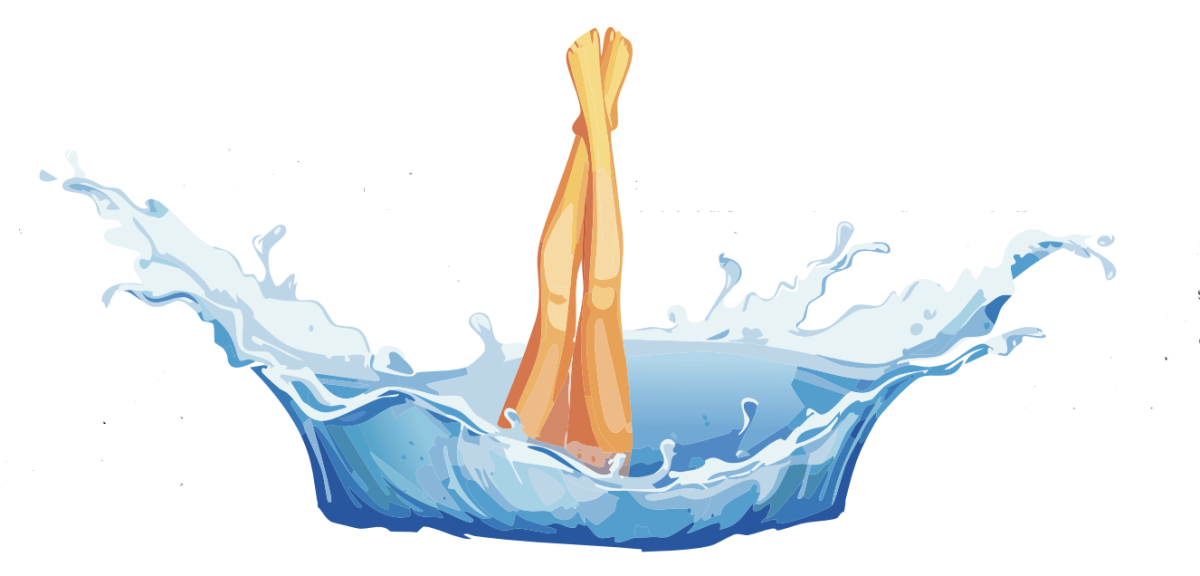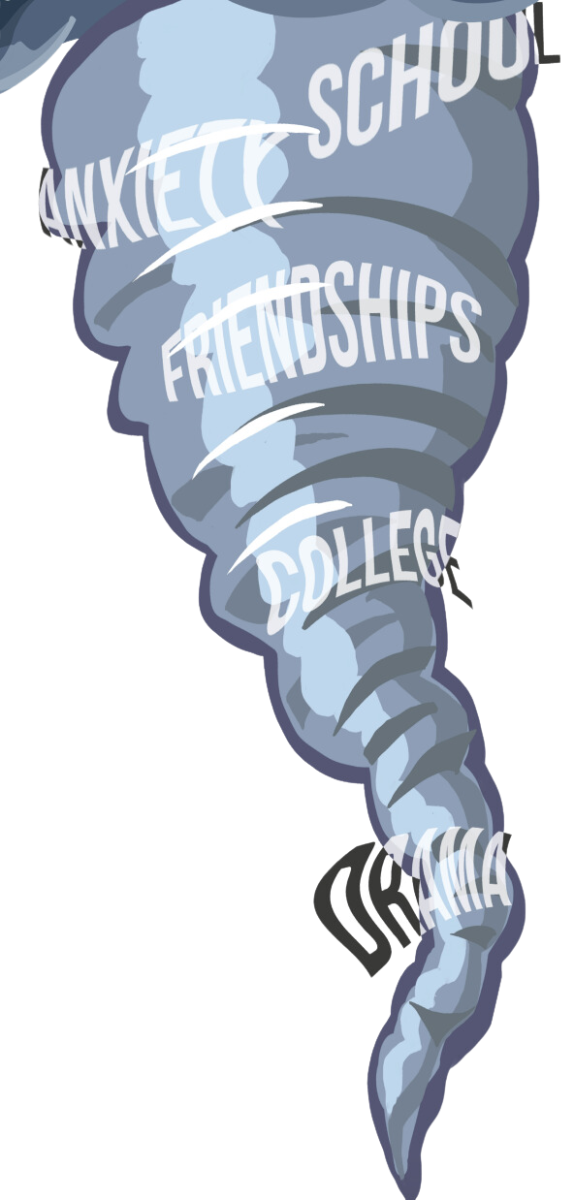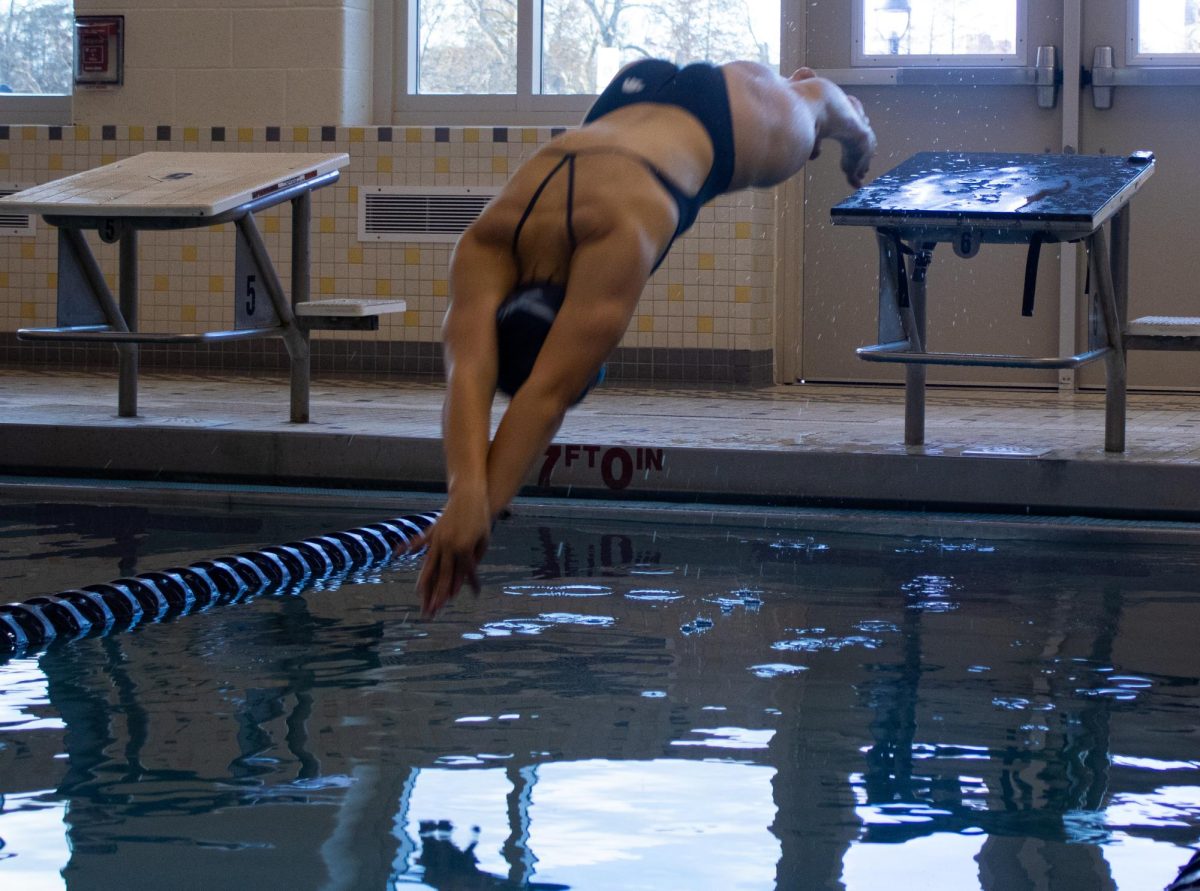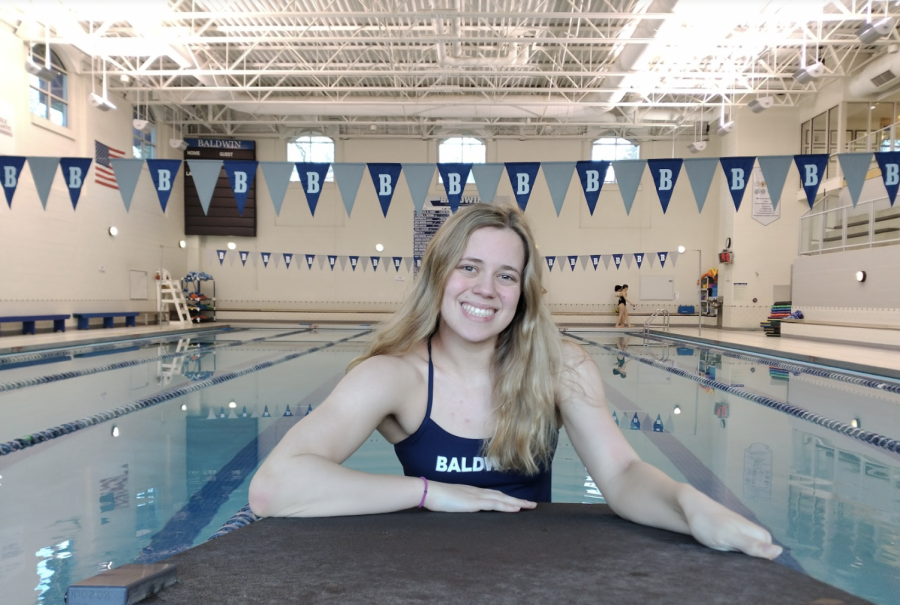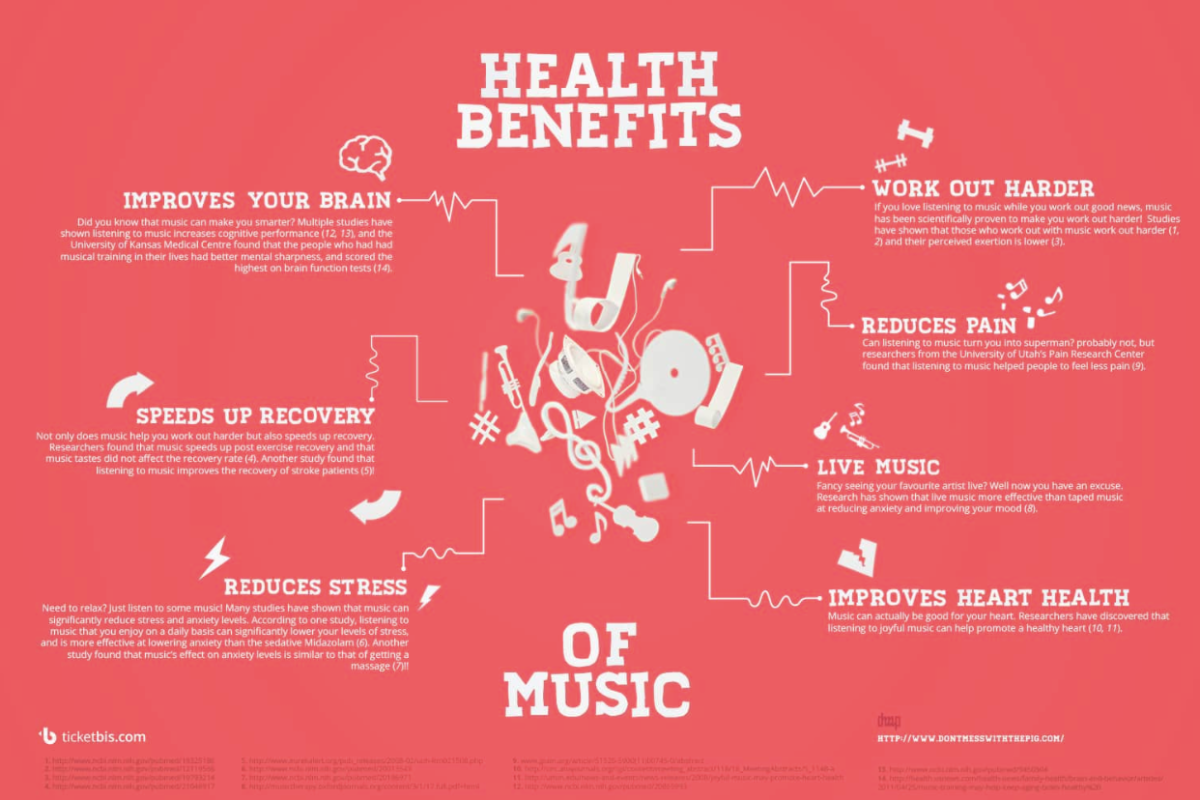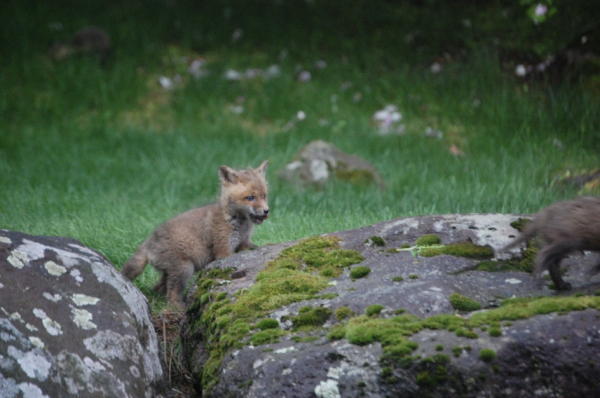Squirrels’ Sleeping Schedule: The Secret to Space Exploration
Hibernation mechanisms in Arctic ground squirrels could be used to induce hibernation in Mars-bound astronauts.
The first time I read The Martian by Andy Weir, I was immediately enraptured by the possibility of living on a planet millions of miles from Earth, like the novel’s protagonist, Mark Watney. Imagine my disappointment when I discovered that humans had not yet stepped foot on the Red Planet.
However, a thirty-ounce rodent’s sleeping patterns may resolve my disappointment. Arctic ground squirrels, or Urocitellus parryii, hibernate every winter for around eight months to survive the harsh temperatures and lack of food.
Far from sleep, hibernation is actually a complex process that relies on elaborate cohesion within the body. As animals go into hibernation, they enter a stage of long-term torpor (mental inactivity). Their body temperatures dramatically drop, causing their metabolism to slow.
Researchers at the University of Wisconsin discovered that hibernating squirrels have gut microbes that recycle urea, a bodily waste product high in muscle-building nitrogen. The study found that during hibernation, metabolic pathways recirculate the excess nitrogen from urea, elevating concentrations of amino acids with nitrogenous side chains that are used to form proteins to maintain muscle mass.
A manned expedition to Mars has been a project of considerable scientific interest, and this research could be the key to countering the complications of long-term space exploration trips.
The zero-gravity state of outerspace, which requires little muscle contraction, causes muscle atrophy (degeneration) in astronauts. This can be dangerous for astronauts who need to perform arduous operations throughout their missions, especially on a trip as long as one to Mars.
Spaceworks Enterprises, an aerospace engineering company, is working with NASA and studying research on the Arctic ground squirrels to attempt to understand and replicate their hibernation in astronauts. By prompting therapeutic hypothermia to reduce body temperature, humans could be put in a state of torpor much like that of squirrels.
Continuous hibernation for humans is still limited to a few days at most; however, further research, propagated by these small Arctic rodents, could change this fact. They could truly help bring life to Mars.
So, as Mark Watney states, “In your face, Neil Armstrong!”








